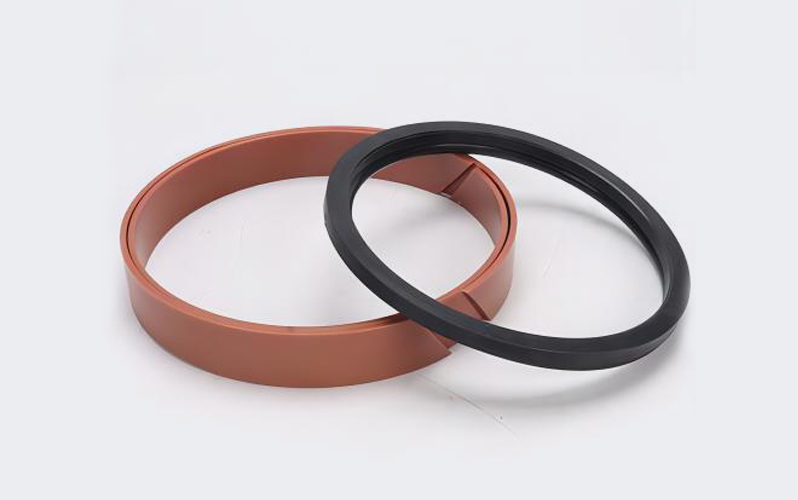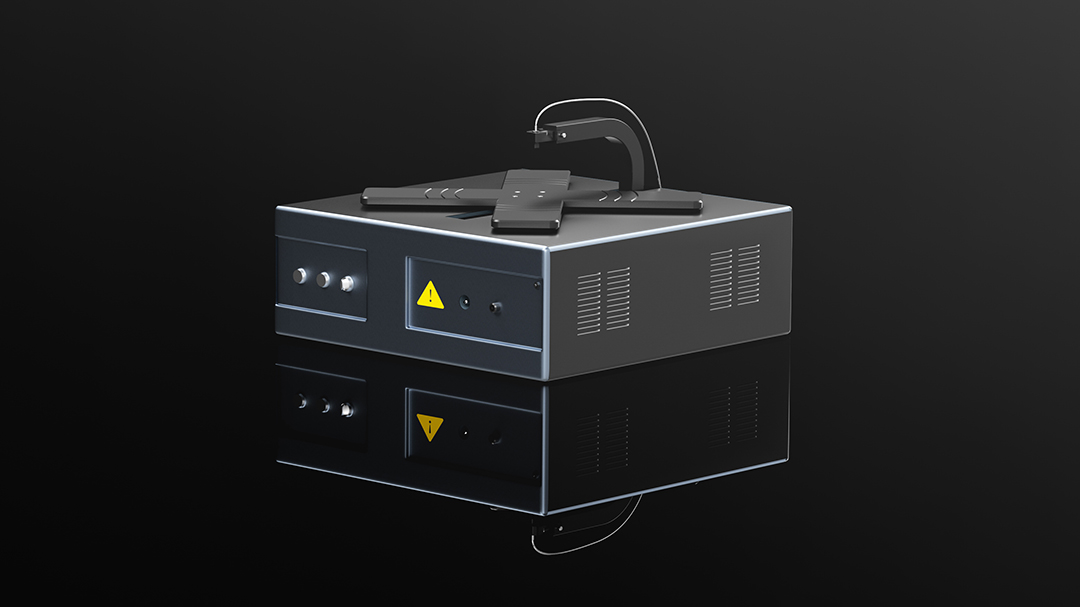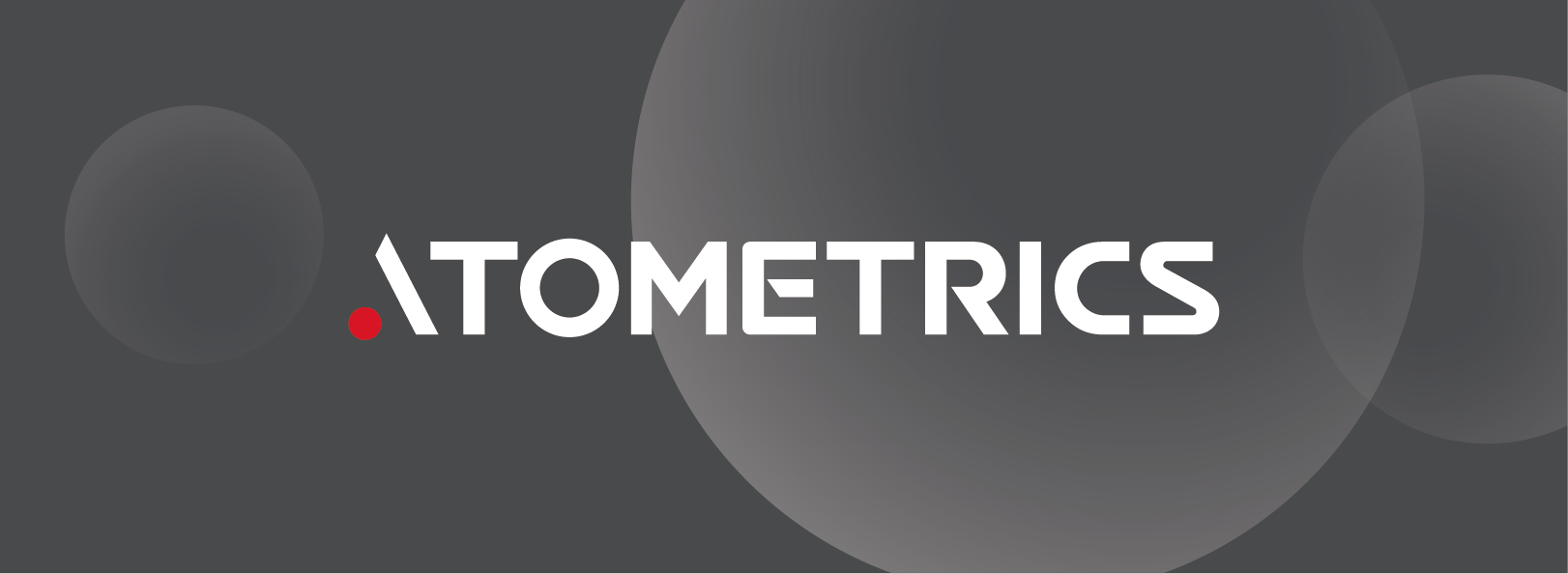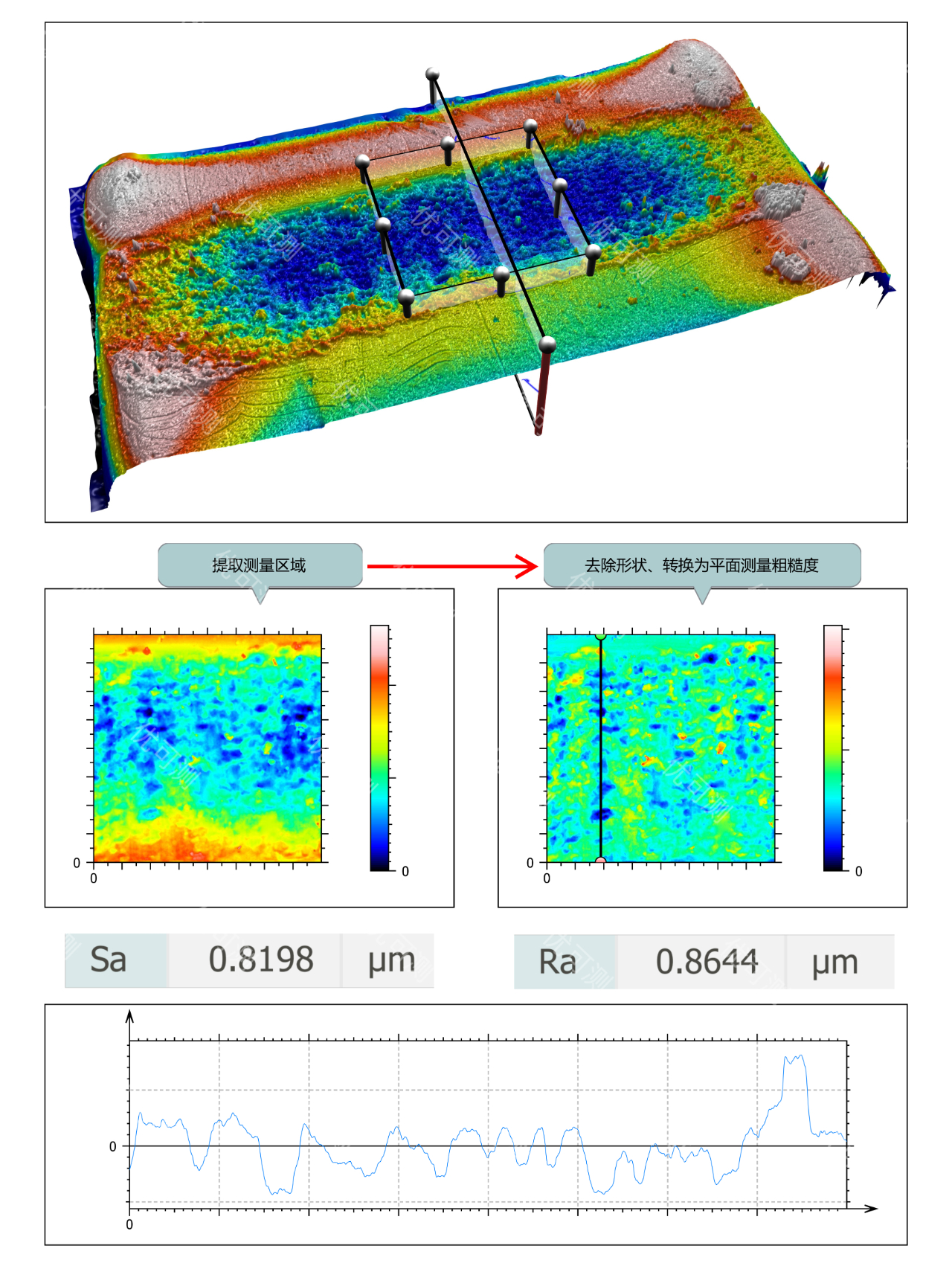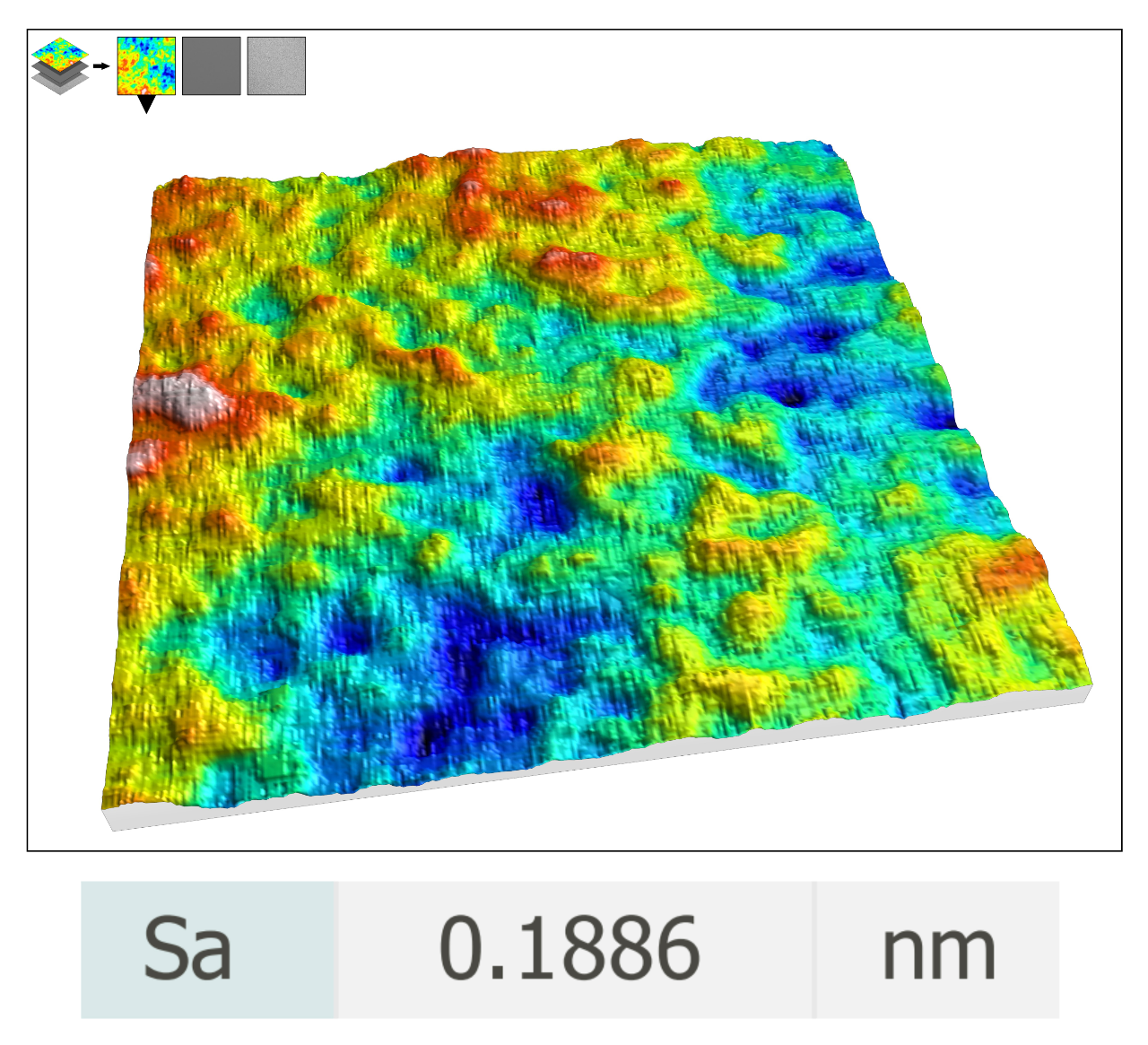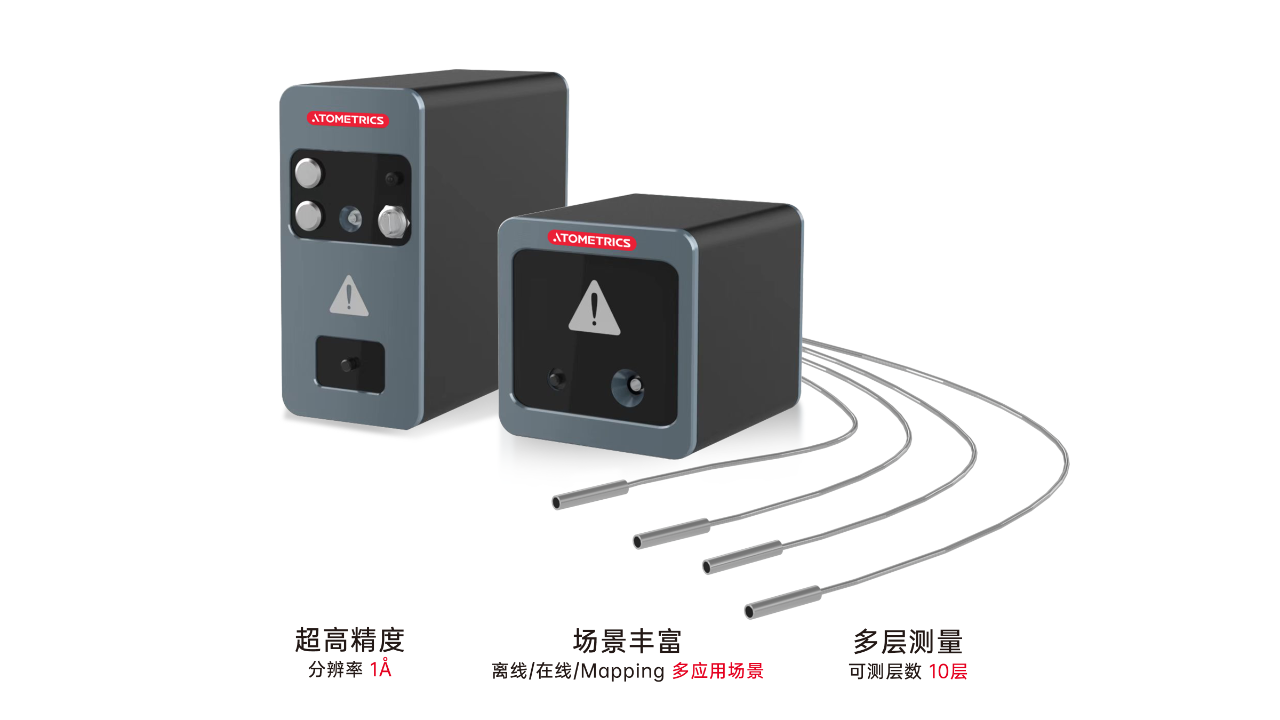
- Home
-
Case
-
White Light Interferometer 3D profiler
-
image Dimension Measurement System
-
3D line laser measuring instrument
-
Spectral confocal displacement sensor
-
Film Thickness Gauge
-
Wafer 3D Automated Inspection Equipment
-
Diffractive Three-Dimensional Profiler
-
Elite Pro
-
White Light Interferometer 3D profiler
- Product
- news
- about us
- join us
-
White Light Interferometer 3D profiler
-
image Dimension Measurement System
-
3D line laser measuring instrument
-
Spectral confocal displacement sensor
-
Film Thickness Gauge
-
Wafer 3D Automated Inspection Equipment
-
Diffractive Three-Dimensional Profiler
-
Elite Pro
home
/ news
/ Industry Applications
Applications | Atometrics Helps Aerospace Materials Research, Advancing Aerospace Industry
2023-10-24
 Roughness
Roughness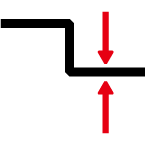 Height/height difference
Height/height difference 3D Morphology
3D Morphology 3D Dimensions
3D Dimensions 2D Outline
2D Outline 2D size
2D size Flatness
Flatness Film Thickness
Film Thickness Perspectives
Perspectives Thicknesses
Thicknesses LocaliZation
LocaliZation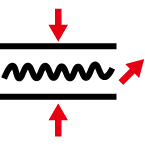 Oscillation/Vibration
Oscillation/Vibration